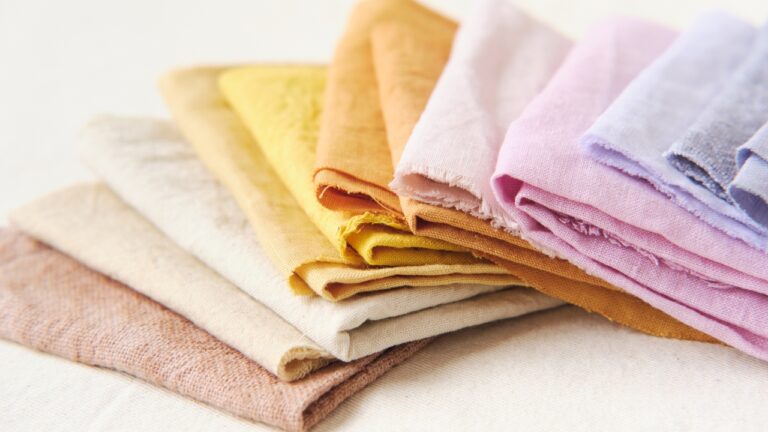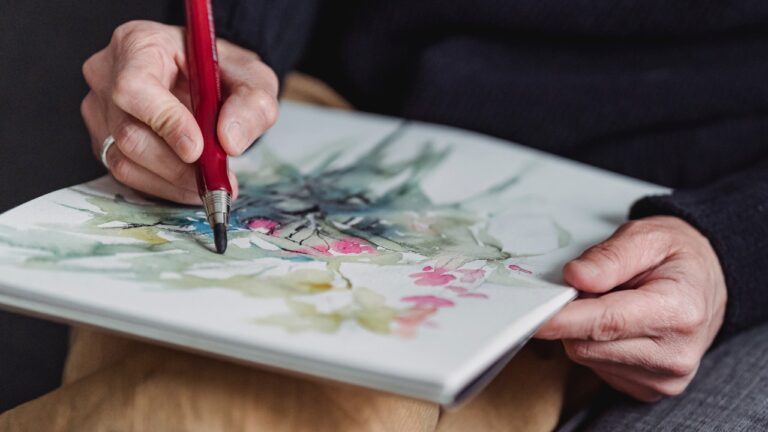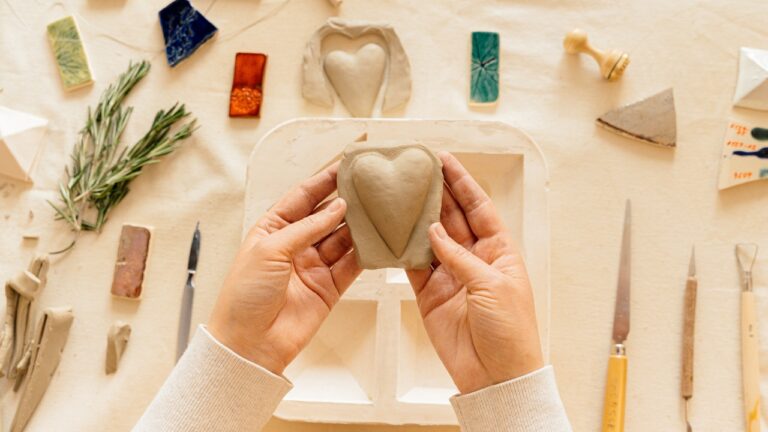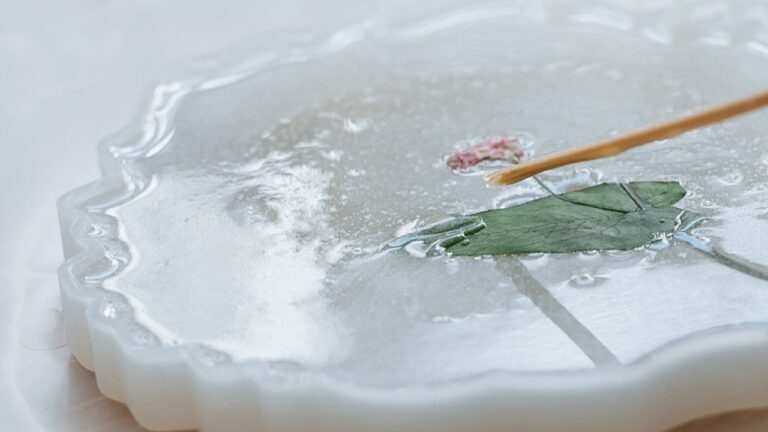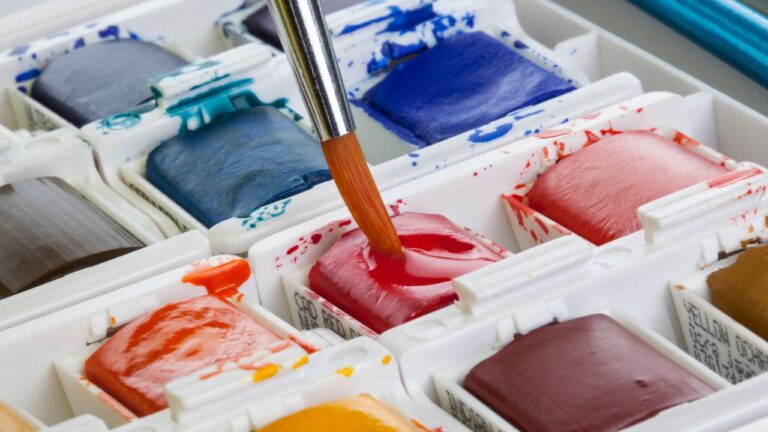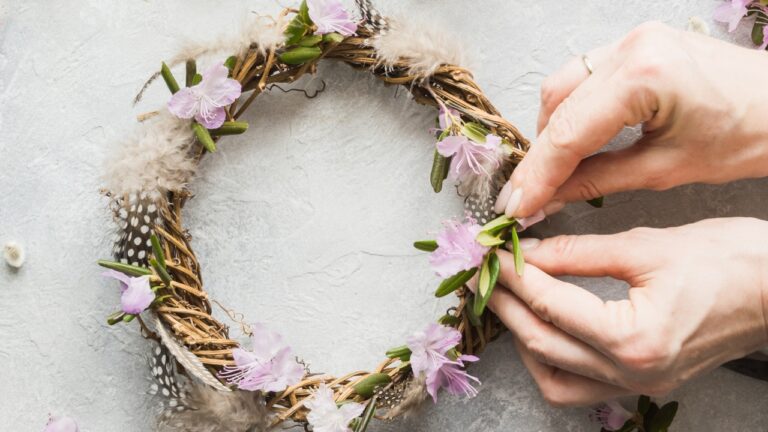17 Best Oil Pastels For Artists: Beginners & Pros ✅
Welcome to our list of the top oil pastels for artists.
Choosing the right oil pastels can make a big difference in the outcome of your creations, whether you’re a seasoned artist or just starting on your creative journey.
In this list, we’ve put together top selling high-quality oil pastels. These have things like pigmentation, texture, and blendability.
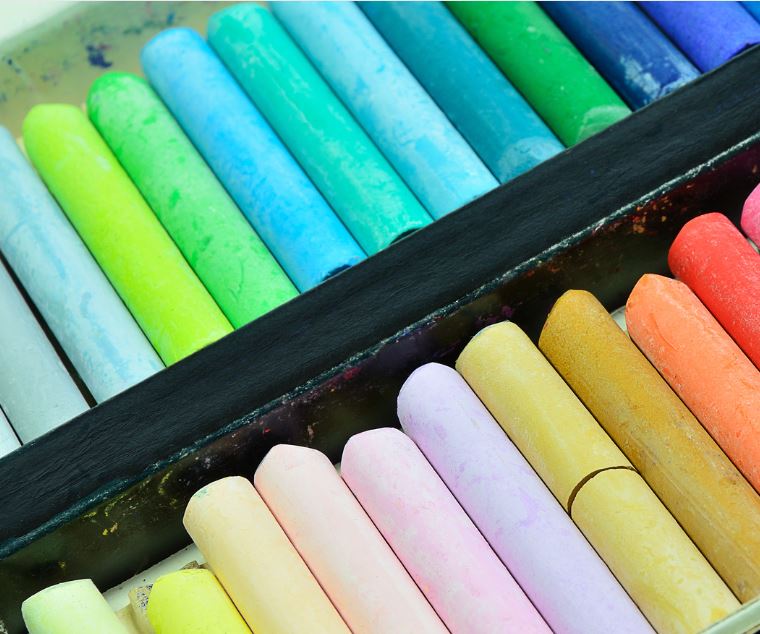
Let’s go through this list together to find your perfect set of pastels.
Best Oil Pastel Sets For artists
1. CHERRY ON TOP Pan Pastel Sets
2. OHUHU Pastel Set
3. TEXAS WILD COLOR
4. THE ART SHOP SKIPTON
5. COLOUR BLOCK 100 Case set
6. CASTLE ART Pastel Pro Set
7. SENNELIER Soft Pastels
8. COLOUR BLOCK
9. US ART SUPPLY
10. SENNELIER Extra Soft
11. PAN PASTEL
12. PAUL RUBENS
13. MUNGYO
14. SARGENT ART
15. PRISMACOLOR
16. REMBRANDT
17. SCHMINCKE
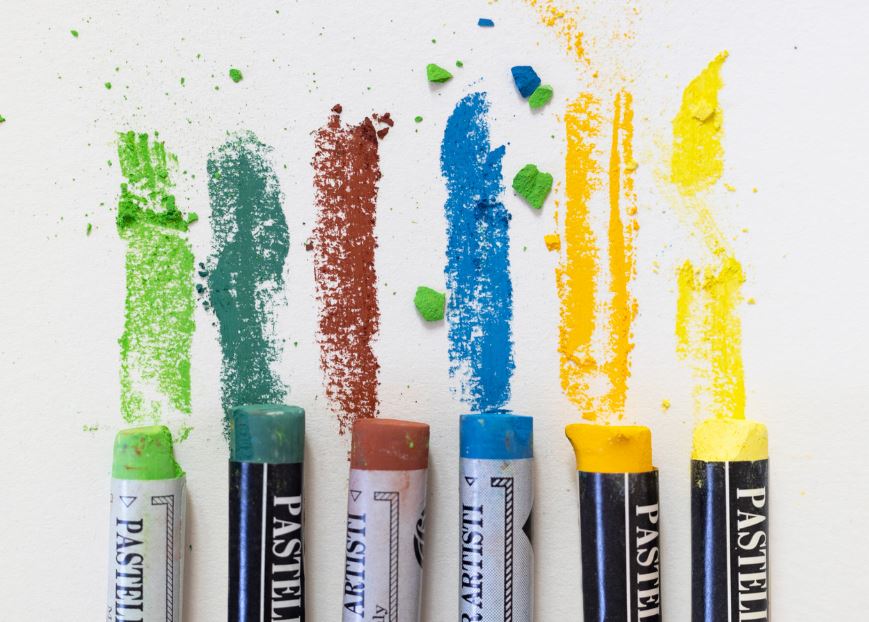
Tips for using pastels
1. Experiment with Layering
Oil pastels are excellent for layering and blending colors. Experiment with different layering techniques to create depth and richness in your artwork.
Start with lighter shades as a base and gradually build up layers with darker colors to achieve a dynamic and visually appealing effect.
2. Use a Textured Surface
Choosing the right surface can significantly impact your pastel work.
Consider using textured paper or surfaces to enhance the grip and adherence of the pastel pigments.
The texture adds interest to your artwork and allows for more intricate detailing.
3. Blend with Fingers or Tools
Embrace the tactile nature of oil pastels by blending colors with your fingers. The warmth of your hands helps the pastels blend smoothly.
Alternatively, you can use blending stumps, cotton swabs, or even a palette knife for more precise blending and to create different textures in your artwork.

4. Employ Contrast for Impact
Create visually striking pieces by incorporating strong contrasts in your color choices.
Combining light and dark colors or warm and cool tones can add drama and emphasis to specific areas of your artwork.
Experiment with contrasts to guide the viewer’s eye and evoke a powerful visual impact.
5. Fixative Application for Preservation
Once your pastel artwork is complete, consider using a fixative spray to set the pigments and prevent smudging.
Hold the fixative at a distance and apply it in thin layers to avoid altering the texture of your work. This step helps preserve your artwork and ensures its longevity over time.
Remember, the beauty of working with oil pastels lies in their versatility, so don’t hesitate to explore and discover your own techniques that suit your artistic style.
FAQ’s For Using Pastels
1. How do I choose the right set of oil pastels for my skill level?
Consider your experience level when selecting oil pastels. If you’re a beginner, opt for sets that offer a wide range of colors and are easy to blend.
Advanced artists may prefer professional-grade pastels with high pigmentation for more intricate work.
2. Can oil pastels be used on different surfaces?
Yes, oil pastels are versatile and can be applied to various surfaces.
While they work well on paper, many artists also use them on canvas, wood, or even fabric. They are also fun to decorate Easter eggs with.
Keep in mind that the surface texture and preparation may affect the outcome, so experimenting on a small scale is recommended.
3. How do I protect and preserve my oil pastel artwork?
Oil pastel artworks can be delicate, and preserving them properly is crucial. Fixatives designed for pastels can help set the colors and prevent smudging.
Additionally, framing your artwork behind glass can provide an extra layer of protection while showcasing your piece.
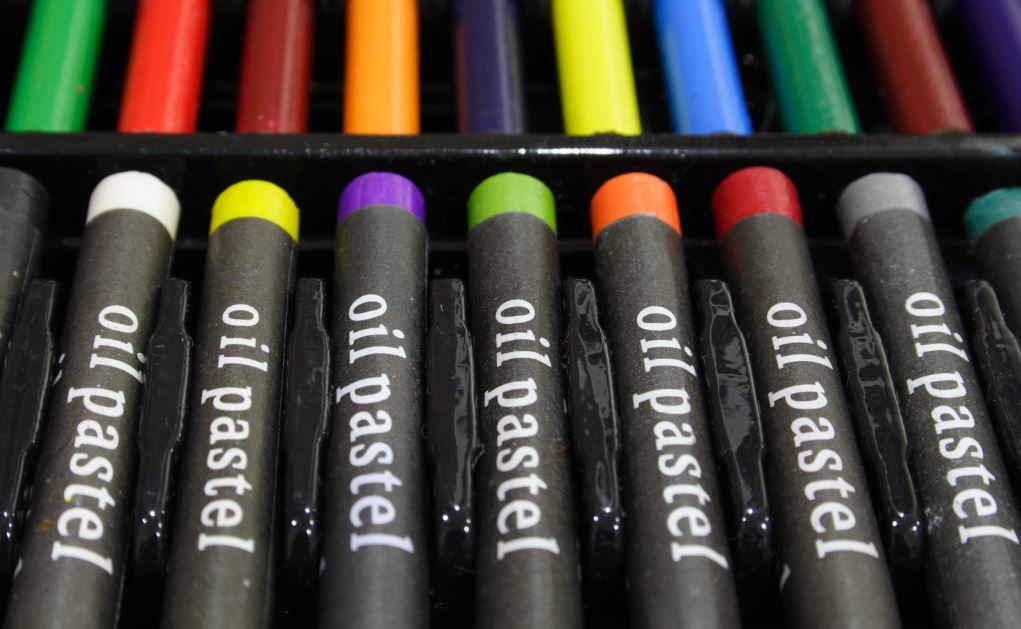
4. What is the difference between oil pastels and soft pastels?
Unlike soft pastels, which have a higher chalk content, oil pastels contain pigment, non-drying oil, and a wax binder.
This composition gives oil pastels a creamy texture, making them more versatile for blending and layering. Soft pastels are typically dustier and require fixatives to set the colors.
5. How do I clean oil pastel stains from my hands or surfaces?
Oil pastels can leave stains, but they are generally easy to clean. Washing your hands with soap and warm water should do the trick.
For surfaces, use a soft cloth or tissue to wipe away excess pigment, followed by a gentle cleanser if needed. It’s advisable to check the specific cleaning recommendations for the surface you’re working on.

Thank you for joining us on this journey through the realm of oil pastels. We hope that this guide has been a helpful companion in your quest for the perfect artistic tools.
Your creative expression is at the heart of what we do, and we trust that our exploration of the best oil pastels has equipped you with valuable insights.
As you embark on your artistic endeavors, may the vibrant colors and rich textures of your chosen pastels inspire countless masterpieces.
More Art Supplies To Check Out

